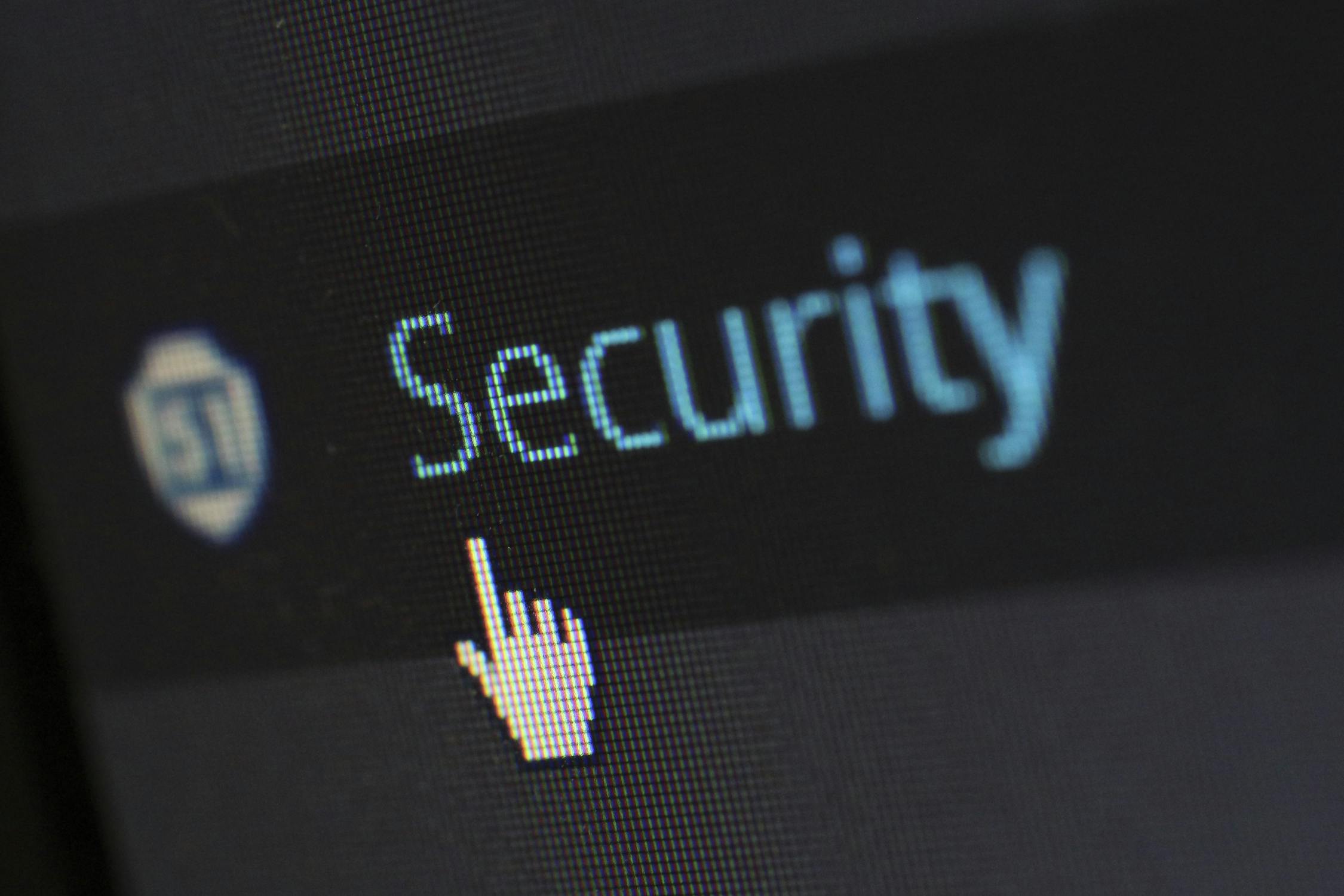As the world heads more towards a Cloud Based environment and is now backed by a DevOps Culture, Security NEEDS to catch up!
This can be as simple as getting the already owned DevOps Community involved and working with these smaller teams to share knowledge or something more extensive!
DevOps is a methodology for managing software development and IT Operations.
DevOps is a term used to define a new style of working that blends software development (Dev) with IT operations (Ops). DevOps fosters communication and collaboration between IT professionals throughout all phases of software development, starting from conception to development to delivery. DevOps attempts to improve collaboration between software developers and IT professionals to improve the quality and speed of software development and deployment.
To put it simply, DevOps is a range of tools and unique cultural philosophies that focuses on helping organisations streamline software or application release cycles to further improve their quality, security, and scalability.
This concept was introduced in 2008, and since then, much has changed.
Security is an important part of DevOps.
You have no hope of expanding security to DevOps processes
Well, not without automated security solutions for code analysis, configuration management, patching and vulnerability management, and privileged credential/secrets management. Human error, as well as the resulting downtime or vulnerabilities, are reduced through automation.
Communication is Key!
Communication and governance are critical for DevOps environments—or any environment—to achieve holistic security. Create transparent cybersecurity policies and processes that developers and other team members can easily understand and accept. This will assist teams in writing code that complies with security criteria.
Why?
In the past, the role of security was isolated to a specific team in the final stage of development. That wasn’t as problematic when development cycles lasted months or even years, but those days are over. Effective DevOps ensures rapid and frequent development cycles (sometimes weeks or days), but outdated security practices can undo even the most efficient DevOps initiatives.
DevOps security is a critical part of the DevOps workflow.
DevOps security can enable a productive DevOps ecosystem, while helping to identify and remediate code vulnerabilities and operational weaknesses long before they become an issue. Introducing DevOps security early in the product lifecycle ensures that security underpins every part of application and systems development. This, in turn, enhances availability, reduces the possibility of data breaches, and ensures the development and provisioning of powerful technology to meet business needs.
What is DevOps Security?
DevOps security refers to the discipline and practice of safeguarding the entire DevOps environment through strategies, policies, processes, and technology. Security should be built into every part of the DevOps lifecycle, including inception, design, build, test, release, support, maintenance, and beyond. Today, this type of "baked-in" DevOps security is often called DevSecOps, which aims to improve security through improved collaboration and shared responsibility that overlays the entire DevOps workflow.
How to achieve a DevSecOps environment?
Effective DevOps security demands cross-functional collaboration and buy-in to ensure security considerations are integrated into the entire product development lifecycle (product design, development, delivery, operations, support, etc.). DevSecOps will entail embedding governance and cybersecurity functions such as identity and access management (IAM), privilege management, firewalling / unified threat management, code review, configuration management, and vulnerability management throughout the DevOps workflow. When done right, you have aligned security with DevOps and enable efficient product releases, while avoiding costly recalls or fixes after code/products are released. For this to succeed, everyone needs to take ownership of adhering to security best practices within their roles.

